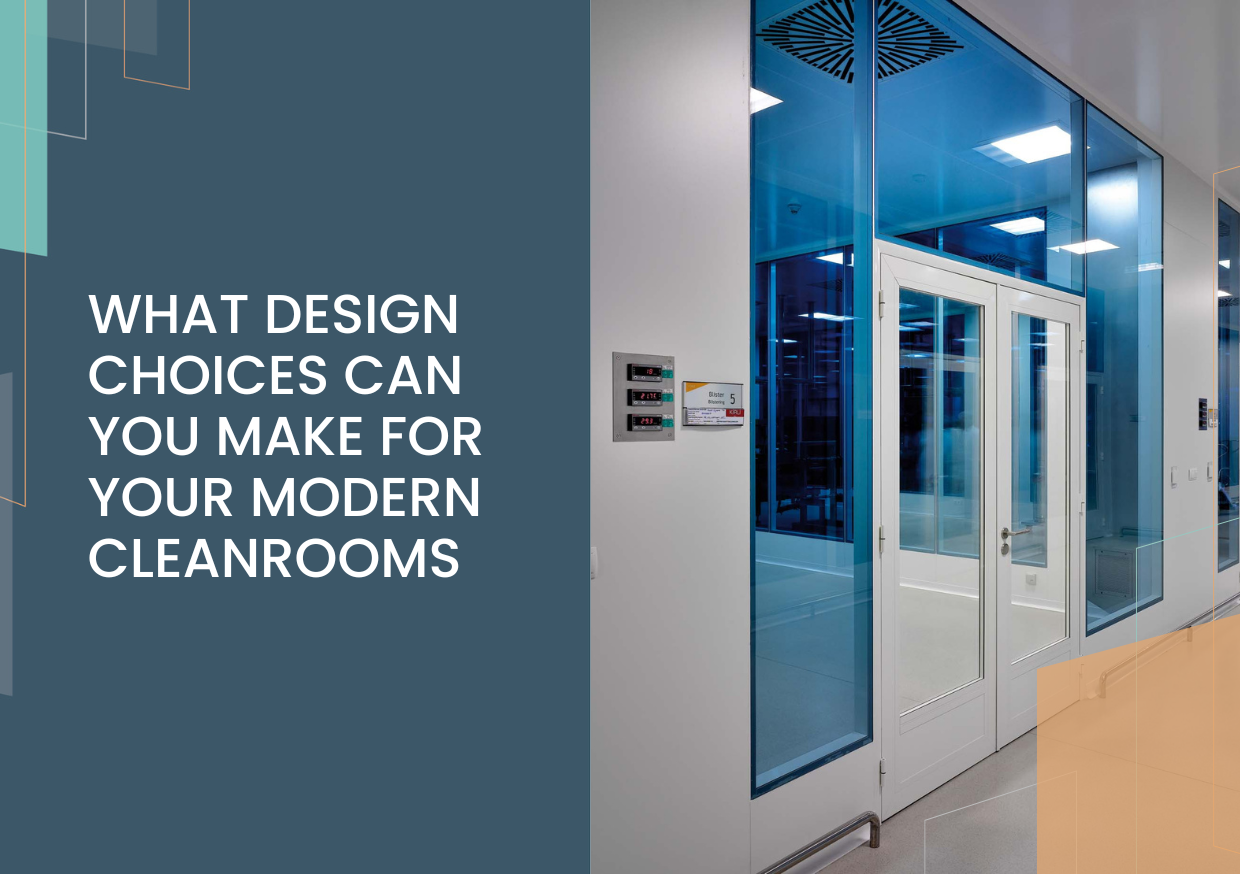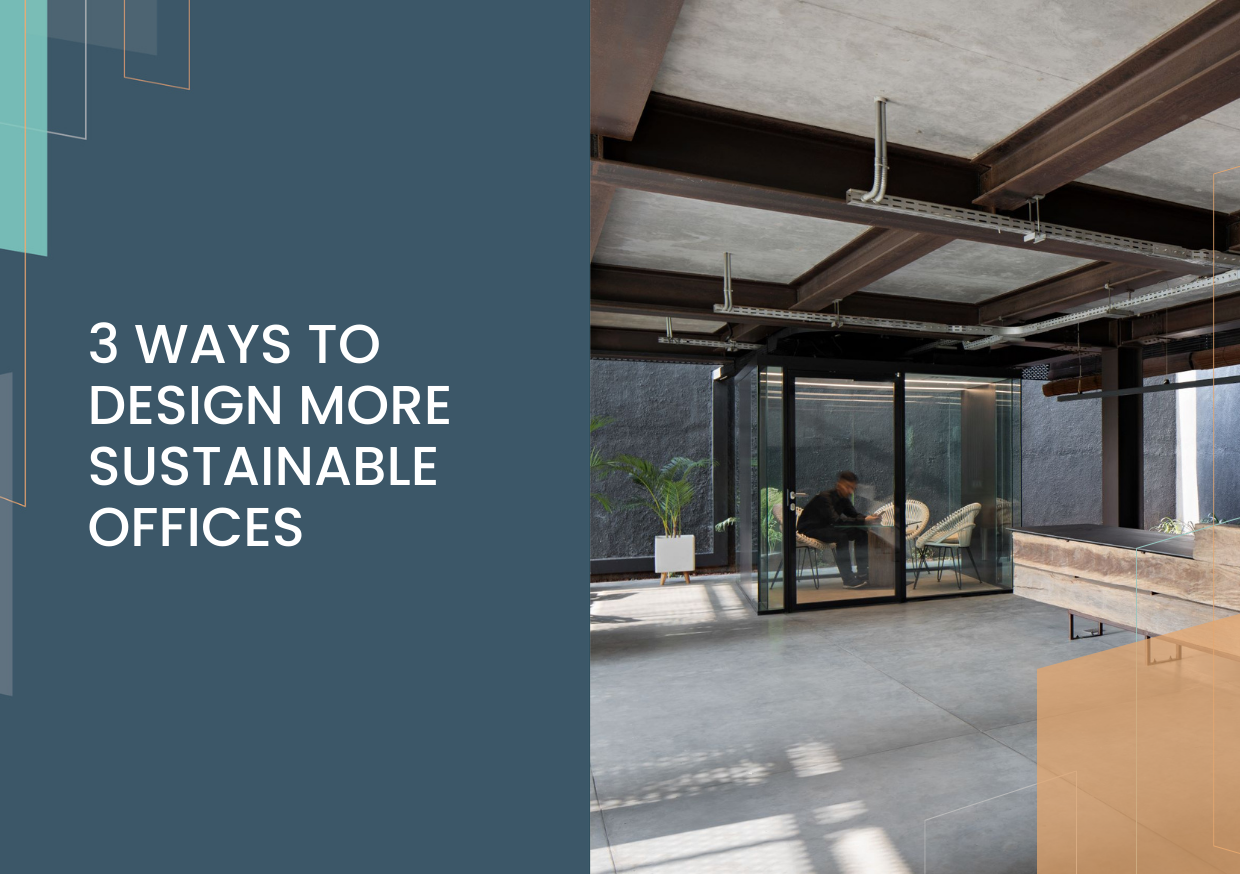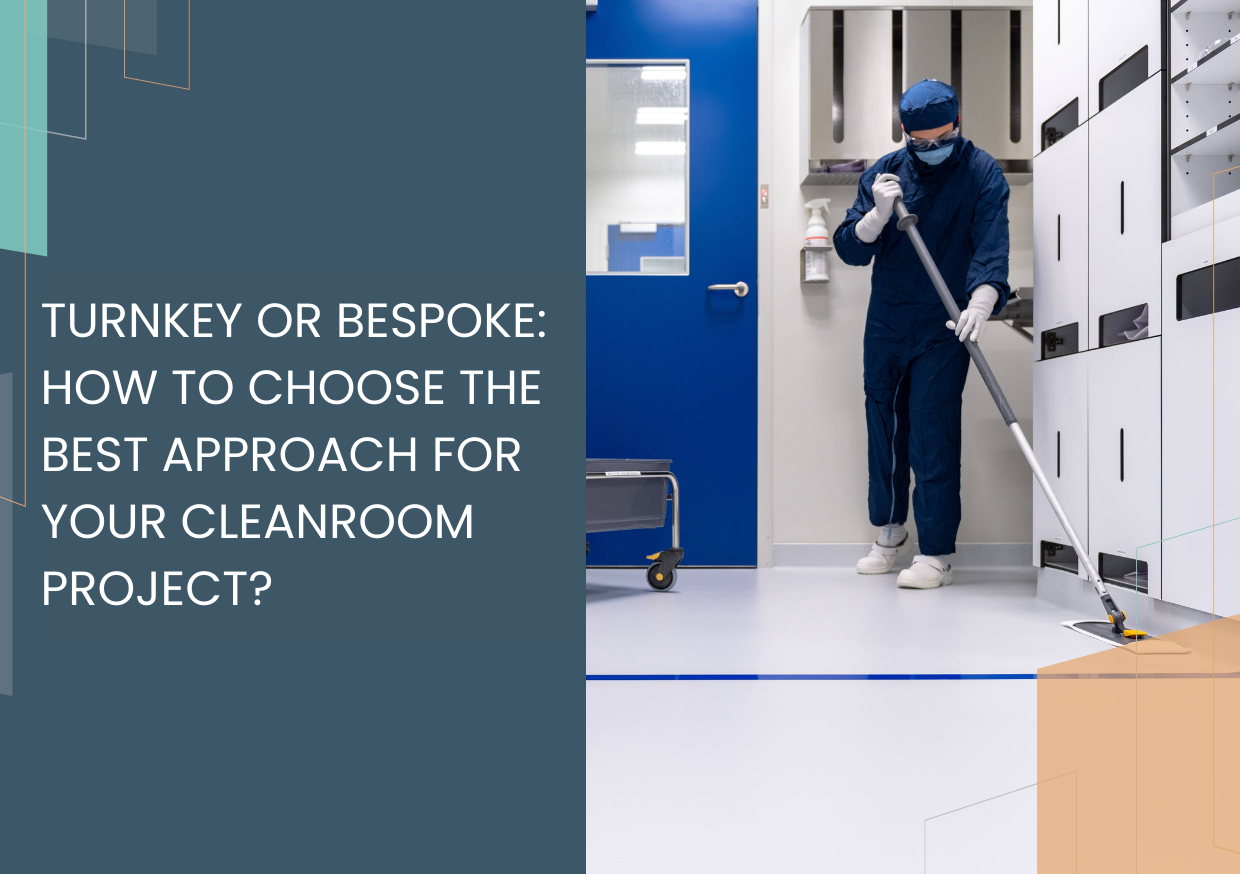
2023 Cleanrooms
Perhaps commonly overlooked as simply ‘a room of greater hygiene’ cleanrooms are critical to many industries, helping increase the quality, hygiene, and even safety by significantly reducing the concentration of volatile particles in suspension. Explore the characteristics of modern cleanrooms:
What is a Cleanroom and what is it used for?
Not all workplaces are the same.
Where desks and chairs, office partitions and phone booths are perhaps the most common thing you think of when considering workplaces, there are so many other options. From factories and shops to engineering bays and the driving seat of your own car, places of work come in all shapes and sizes, so it’s important that they are designed for their own unique purpose.
Think about laboratories, food manufacturing plants or even high-end semiconductor facilities for a moment. These places of work all have one thing in common – they require clean rooms. Perhaps commonly overlooked as simply ‘a room of greater hygiene’ clean rooms are critical to so many industries, helping increase the quality, hygiene, and even safety by significantly reducing the concentration of volatile particles in suspension.
We’re not only delving into what exactly a clean room is but what they can be used for and how a unique, modular design approach to your clean room design ticks so many crucial boxes for businesses like yours.

What is a Cleanroom?
A controlled environment that filters out microscopic pollutants such as dust and dirt, airborne particles, and other microbes, a clean room is a designated area providing the highest levels of cleanliness and hygiene. Typically designed to prevent contamination of highly sensitive materials from external sources, clean rooms are also used to prevent the escape of hazardous biomaterials handled inside. Virology or nuclear research laboratories will typically use the cleanroom as a shield to protect exterior facilities and staff.
Essentially, a clean room is its own ecosystem within a wider production line. Working within this micro-climate helps create highly sensitive products, manufactured with minimal environmental disruption and to the highest possible specifications. Parameters such as temperature, humidity, airflow and pressure are thoroughly monitored and kept within acceptable range depending on the type of operations in the clean room.
Not all cleanrooms are the same nor do they meet the same requirements. The widely recognized ISO standard for cleanroom classification aims at reflecting the cleanliness levels expected by quantifying the number of particles per cubic meters inside the controlled environment. An ISO 9 certified cleanroom roughly equals a level of particle concentration found in a typical outdoor area and is considered the ‘dirtiest’ level for cleanrooms. On the other side of the spectrum, the ISO 14644-1 standard for level 1 cleanrooms (ISO 1) requires the indoor air to only contains 12 particles equal to or smaller than 0.3 microns per cubic meters. This is considered the cleanest level for any cleanroom type and only a few facilities in the world can reach this level of protection.

ISO Class Cleanroom
Source: DIN EN ISO 14644-1:2016-06
A different set of rules and guidelines also apply in medical research labs. In this case, the level of safety would depend on the dangerousness of handled pathogens. Good laboratory practices generally include wearing protective clothing and biosafety cabinets. The WHO also prescribes using airlock entries, disinfecting shower exits, and double-ended autoclaves. BSL-4 laboratories, designed for research on deadly pathogens, must meet all these requirements. Regardless of the industry, the most critical parameter in any cleanroom is the control and filtration of airflows. Nowadays, modern cleanrooms use fan-filter units to supply purified air inside the chamber.

_DSC3251
FFUs and airflow system in laminar configuration
FFUs are self-contained fan units fitted with HEPA filters able to provide localized flows of clean air. Despite all precautionary measures, the operating staff is a prominent source of particles. Thus, Airflow systems are designed to eliminate these contaminants. In a laminar airflow system, the air is constantly directed downward toward the filters located near the bottom of the room.
Turbulent airflow systems, on the other hand, make use of rough air to trap particles and pushes them toward filters. It is worth noting that laminar airflow design is mandated for the most stringent cleanroom categories from ISO 4 to ISO 1.
What industries need a Cleanroom?
Designed to specific environmental qualities and allowing businesses to operate to certain practices, clean rooms are used for a range of industries and purposes.
Cleanrooms for the Pharmaceutical industry
Cleanrooms are a critical part of drug research and manufacturing. The economic viability of pharmaceutical companies depends on their reliability and good reputation. Any error in the manufacturing process or a drop in quality can have dramatic consequences for patients down the line. That is why regulatory bodies like the FDA place great emphasis on process control and good manufacturing practices.

Cleanrooms help drug manufacturers achieve high product quality and meet regulatory standards. Regulatory agencies thus consider cleanrooms an essential part of Good Manufacturing Practices. Failure to comply with such standards can result in costly product recalls and reputational damages.
Preventing contaminations during production also helps manufacturers reduce downtime and streamline operations. Greater efficiency can thus be achieved in controlled environments, contributing to companies’ success. Consider products such as antibiotics or vaccinations which are required to be so scientifically precise that the smallest error can be potentially catastrophic. Clean rooms are required for all production areas, from research and manufacturing through to packaging.

Cleanrooms for the Semiconductor Industry
Semiconductor manufacturers operate in the realm of nanometers. It is easy to understand why this industry has been the fastest-growing market for cleanrooms globally in the last 10 years. Airborne particles can indeed jeopardize entire batches of semiconductors and lead to lower yields. The reason is they can interfere with the printing of transistors and chips and thus impair performance. To prevent this, most semiconductor manufacturers will use ISO class 1 or 2 cleanrooms for their operations.
Despite drastic precautionary measures, manufacturing equipment, staff, and raw materials are primary sources of indoor contaminants. Industry regulators recommend semiconductor facilities follow ISO 2 or 1 cleanroom standards. In an ISO 1 chamber, only 10 particles larger than 0.1 µm per cubic meter of air are accepted.
Because of the extremely low tolerance to micro-particle pollution, these industries invest a lot of money to build and maintain perfectly air-tight facilities, implementing very strict control policies to reach desired levels of quality and safety.
Other industries where Cleanrooms are used
The two industries we’ve discussed are the most common places to find cleanrooms, but the list doesn’t end there. Where precise specifications are required, a cleanroom is the only option. This means everything from optics and biotechnology to food production, advanced automotive and even nanotech are industries commonly associated with clean rooms.
We’ve written extensively and in more detail about the sectors that cleanrooms are ideal for, helping you better understand their reach.
Modular Clean Room: Sustainability For Your Business
When it comes to the design in your clean room, it can be overwhelming when you see all the available options to you. Flooring, air treatment, electrical options, window panels, doors, the list goes on; how are you supposed to make sense of it all?
That’s why finding a clean room provider that has a more modular approach to design and installation is so important. After all, it helps you save time, money, and installation headaches, and means you can get back to what you’re manufacturing much quicker.
Modular construction, coupled with digital design processes, allow for cleanroom projects to reach new levels of efficiency and execution quality. This means that whatever industry you are working in, a modular cleanroom provider will be able to address your needs with pre-designed construction systems.
Onsite installation of Modular Cleanroom partitions
As more and more business become aware of the importance of their carbon footprint, selecting cleanroom providers who can adopt virtuous construction methods can also be an important sustainability driver. Sustainability in cleanroom construction can come in various forms, but you want to partner with building companies who are able to optimize materials quantities, manufacture most components offsite and meet stringent environmental standards.
Considering this approach to your clean room installation doesn’t only mean you’ve now got an essential piece of your manufacturing puzzle. In selecting a clean room provider with a greater sustainable approach, means your business is also doing its part.
Are You Looking For A Modular & Sustainable Clean Room?
With a better idea of what exactly a clean room is and how it can used, you now know exactly the steps you can take to improve your business. If what you do, or what you manufacture needs to be kept away from harmful airborne microbes, dust and dirt, or requires certain environmental setting, a clean room is the only solution to consider. Benefitting from the latest innovations in manufacturing processes and digital tools, modular clean rooms allow for optimum flexibility, …and unmatched built quality.
Whether you work in pharmaceutical, biotechnology, high-tech engineering or any other range of industries, there’s a modular clean room design choice available for you that also helps promote sustainability. So, if you’re interested in finding out more and how clean rooms can be a sustainable part of your business, erected with minimal disruption, speak to our expert team today.






